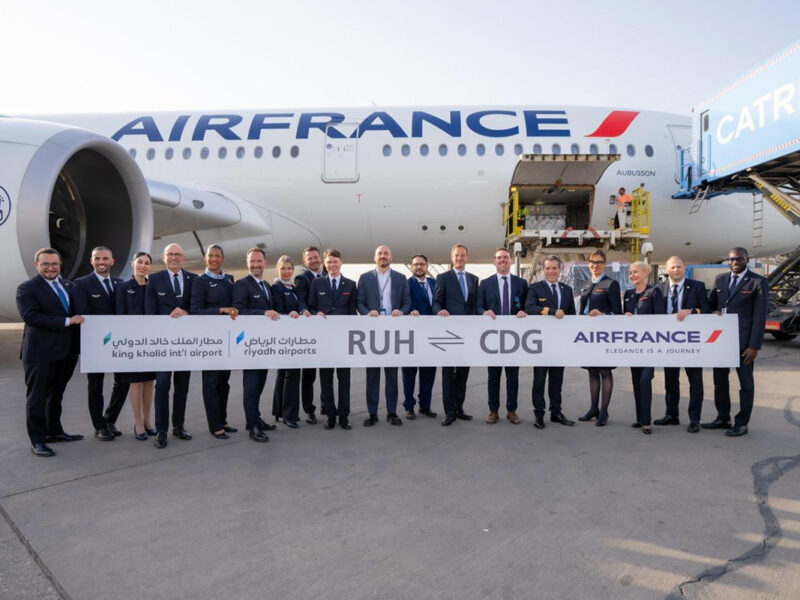Middle East airline traffic has increased by more than 16 per cent in the past year, according to International Air Transport Association (IATA) data.
IATA has released data for January 2024 and shows strong growth for the Middle East, but also global passenger demand indicating a strong start for the year.
Total demand, measured in revenue passenger kilometres (RPKs), increased by 16.6 per cent.
Global airline traffic takes off
Total capacity, measured in available seat kilometres (ASK), increased by 14.1 per cent. The load factor was 79.9 per cent, which is an increase of 1.7 percentage points.
International demand went up by 20.8 per cent, capacity increased by 20.9 per cent, and the load factor remained at 79.7 per cent, showing no change.
Domestic demand increased by 10.4 per cent, capacity went up by 4.6 per cent, and the load factor was 80.2 per cent, an increase of 4.2 percentage points.
Willie Walsh, IATA’s Director-General, said: “2024 is off to a strong start despite economic and geopolitical uncertainties. As governments look to build prosperity in their economies in the busiest election year ever, it is critical that they see aviation as a catalyst for growth.
“Increased taxes and onerous regulation are a counterweight to prosperity. We will be looking to governments for policies that help aviation to reduce costs, improve efficiency and make progress towards net-zero CO2 emissions by 2050.”
Asia-Pacific airlines saw a 45.4 per cent increase in January 2024 traffic compared to January 2023, continuing the region’s rapid recovery after the lifting of pandemic restrictions.
Capacity climbed 48.1 per cent and the load factor fell by 1.5 percentage points to 82.6 per cent.
The exceptionally strong growth rate is largely attributable to China which was in the early stages of lifting COVID-19 travel restrictions in January 2023.
The recovery in major international routes to/from Asia-Pacific is still lagging, but routes such as Asia-Middle East have exceeded pre-pandemic levels.
European carriers’ January 2024 traffic rose 10.8 percent versus January 2023. Capacity increased 10.7 per cent, and the load factor edged up 0.1 percentage points to 77.3 per cent.
Routes between Europe and North America have rebounded particularly strongly from the pandemic and stand 6.5 per cent higher than in January 2020.
Middle Eastern airlines posted a 16.2 per cent rise in January 2024 traffic compared to a year ago.
Capacity rose 15.7 per cent and load factor climbed 0.4 percentage points to 79.9 per cent.
North American carriers had a 12.3 per cent traffic rise in January 2024 versus the 2023 period.
Capacity also increased 13.7 per cent, and load factor fell 1.0 percentage point to 79.4 per cent.
Latin American airlines’ traffic rose 17.9 per cent compared to the same month in 2023.
January capacity climbed 13.2 per cent, pushing the load factor up 3.4 percentage points to 86 per cent, the highest among the regions.
African airlines saw an 18.5 per cent traffic increase in January 2024 versus a year ago. January capacity was up 19.2 per cent causing load factor to decline 0.4 percentage points to 73.3 per cent, the lowest among the regions.








